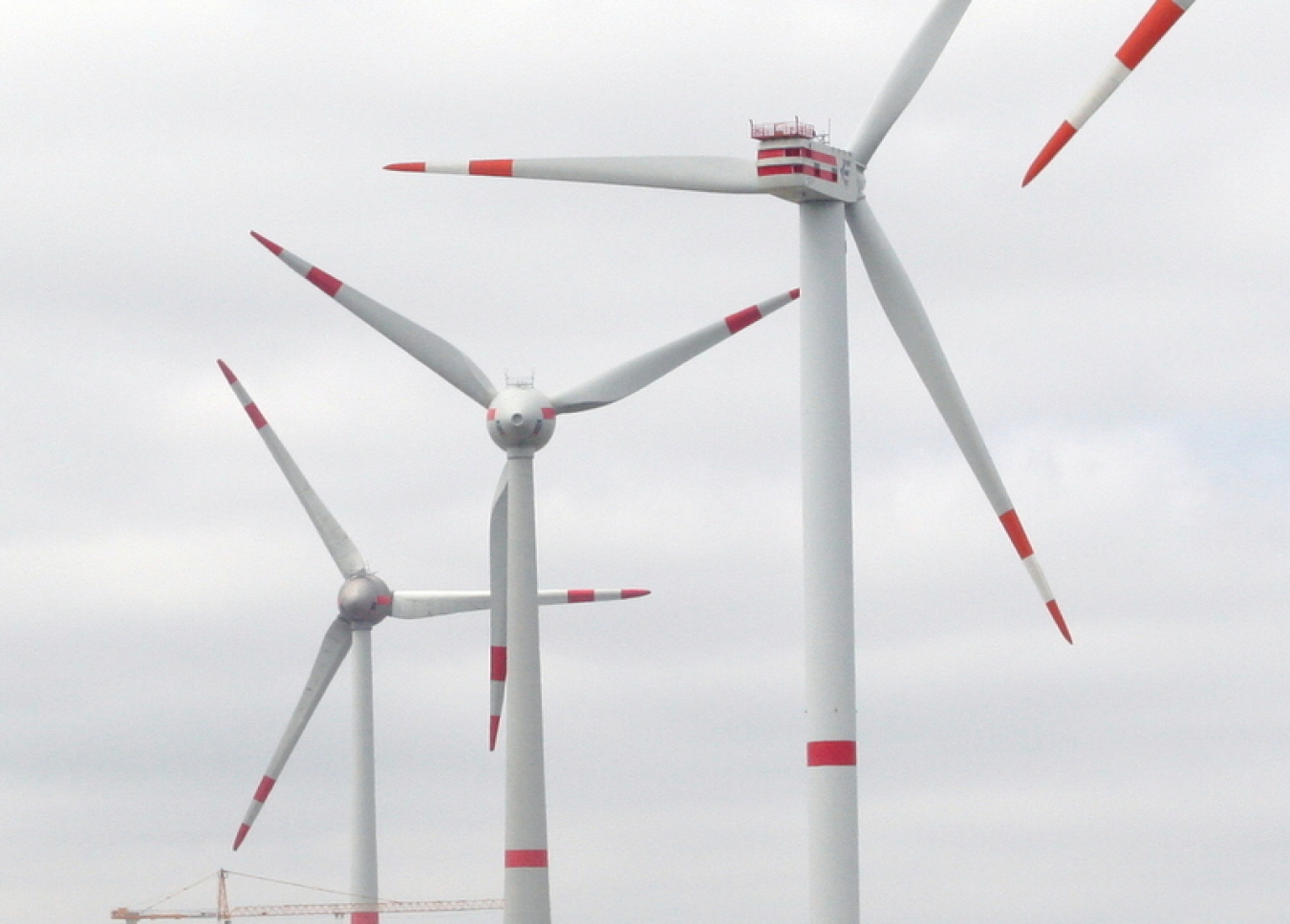
Once called windmills, the technology used to harness the power of wind has advanced significantly over the past ten years, with the United States increasing its wind power capacity 30% year over year. Wind turbines, as they are now called, collect and convert the kinetic energy that wind produces into electricity to help power the grid.
Wind energy is actually a byproduct of the sun. The sun’s uneven heating of the atmosphere, the earth’s irregular surfaces (mountains and valleys), and the planet's revolution around the sun all combine to create wind. Since wind is in plentiful supply, it’s a sustainable resource for as long as the sun’s rays heat the planet.
In addition, because wind power is a growing industry, it’s adding jobs to communities around the country. Currently, there are utility-scale wind plants in 41 states that have created more than 100,000 jobs for Americans.
Learn more about the wind industry here, from how a wind turbine works, to the new and exciting research in the field of wind energy.
- How wind turbines work
- How distributed wind works
- Advantages and challenges of wind
- Wind energy use throughout history
- Current research and development
- Wind energy benefits (slideshow)
- Wind energy impacts (slideshow)
This aerial view of a wind turbine plant shows how a group of wind turbines can make electricity for the utility grid. The electricity is sent through transmission and distribution lines to homes, businesses, schools, and so on.
View the wind turbine animation to see how a wind turbine works.


